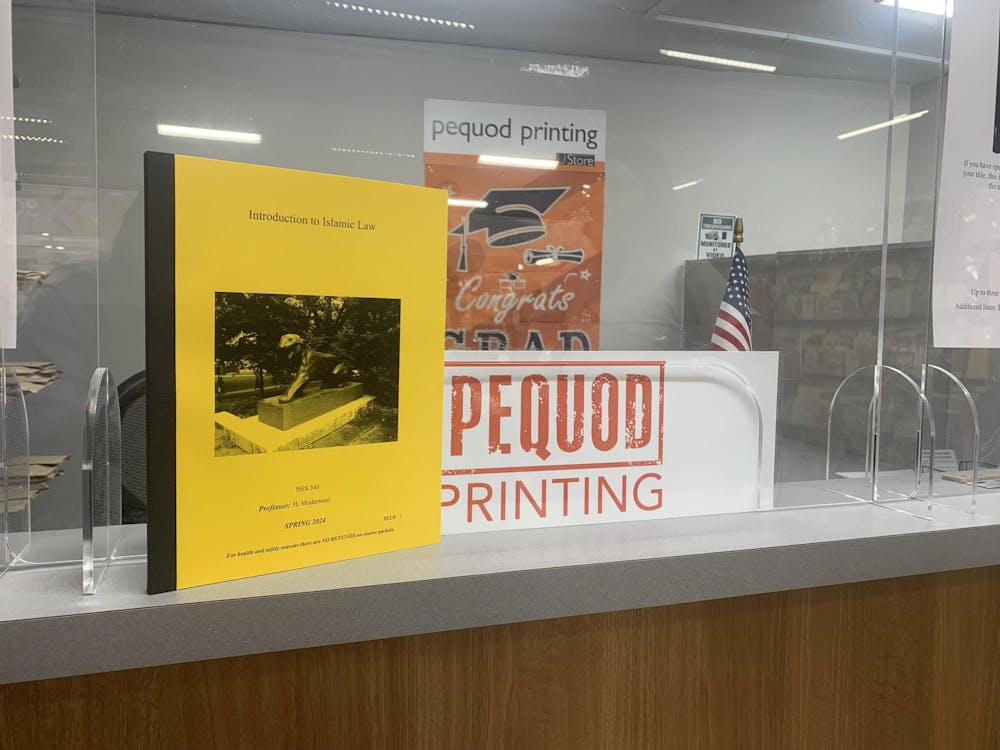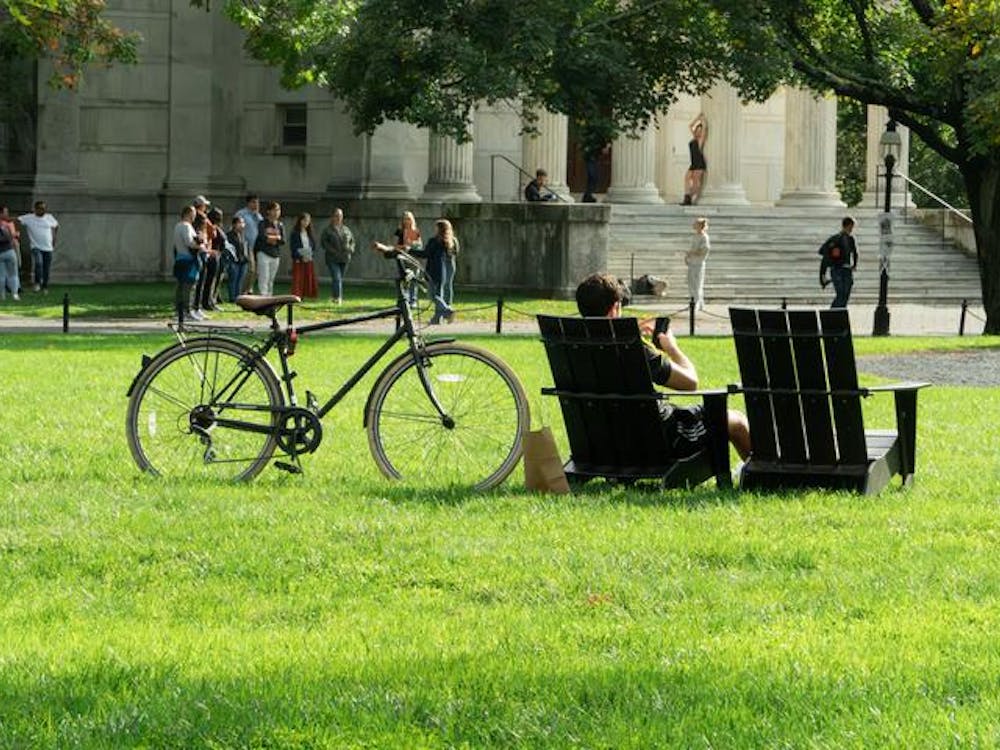In an email last week, Head of Wilson College Eduardo Cadava announced that he would accept the recommendation of anad-hoc Student Advisory Committeeand remove the mural of University and U.S. President Woodrow Wilson, Class of 1879, from the wall of Wilcox Dining Hall. The discussion surrounding the mural began after the Black Justice League demanded its removal during their Nassau Hall sit-in this fall, and President Christopher Eisgruber '83 encouraged Cadava to consider whether to remove it. While the Board applauds the process through which the Committee and Head Cadava considered this issue and solicited student and alumni feedback, we disagree with their argument that the naming of Wilson College can be isolated to his vision for the residential college system and ignore the man himself. In our view, there is little meaningful distinction between the reasoning behind naming the college after Wilson and prominently displaying his photograph in the college. However, while we understand why some might find the large, blown-up photo odd, and plenty of other reasons might exist for removing it, this specific reasoning for removing the mural is unconvincing.
Wilson’s vision for a residential college system cannot be isolated from Wilson, the historical figure. As campus discourse has highlighted this year, the legacy of Woodrow Wilson is both mixed and controversial. His tenure as University President was consequential and included coming up with the original idea for the residential college system, and his presidency was historically notable, both for the First World War and progressive reforms at home. However, he was also extremely racist, even for his time. As a result, the Wilson Legacy Committee’s report, in recommending that the University not change the name of the Woodrow Wilson School or the College, called for more “transparency in recognizing Wilson’s failings and shortcomings as well as the visions and achievements that led to the naming of the school and the college in the first place.” We agree that the University should adopt a nuanced view on Wilson’s legacy; however, doing so means that a man’s vision cannot be completely separated from the man. Even if the College was primarily named because of Wilson’s vision for a residential college system, it is odd to therefore assume that the vision is the only thing the name represents. After all, Wilson’s complicated historical legacy is the reason why these discussions have occurred in the first place.
There is little distinction between the mural’s display and naming the college after Wilson. Removing it because it seems to “celebrate the man rather than any particular of his ideas” is problematic. A photo of a person both, quite literally, represents the person and can represent their vision and legacy. Trying to delineate between how much a mural focuses on “the man” vesus “the man’s vision” within a residential living complex already named for that man is not productive. For similar reasons, calling the mural “unduly celebratory” is problematic because doing so attempts to view the mural as representing only one aspect of Wilson, the man, and not also his vision. The name of the College, as mentioned above, already does celebrate the man to some extent, so removing the mural for the aforementioned reason attempts to act on a largely meaningless distinction. Additionally, there are a variety of other reasons why Wilson College might decide to remove it such as its size, limited artistic value and very recent installment.
Irrespective of our view of the decision on the mural, we applaud the way Head Cadava and the Committee handled the issue. President Eisgruber rightly referred the matter, when it was brought up by the BJL, to Wilson College because it most directly affects members of that community. The Committee made a clearly robust effort to collect student feedback and consider the issue, and the Letter to the Editor submitted by the Committee and Head Cadava’s email to Wilson College students both provided detailed background on the process and the reasons for their recommendations.
The mural of Woodrow Wilson in Wilcox has created considerable controversy since the BJL demanded its removal this fall. The Wilson College community undertook a thoughtful process in considering this issue. However, while we respect Head Cadava’s decision, we disagree with the main reasoning behind it.
Dissent:
The majority has argued throughout this piece that "there is little meaningful distinction between the reasoning behind naming the college after Wilson and prominently displaying his photograph in the college." However, this dissent affirms Head Cadava's reasoning that the large photograph of Wilson is different because it is "unduly celebratory." With the naming of a college, it is possible to maintain separation between the historical figure and his ideas. As we've seen with the Woodrow Wilson School's exhibit on Wilson's controversial legacy, the University was able to affirm the positive contributions of a figure through the name, yet offer a critique of their flaws. However, the Wilson photograph in the Wilcox Dining Hall singularly glorifies Woodrow Wilson and paints a very one-sided picture of his legacy. A dining hall is one of the most important eating and social spaces within the residential college and it’s here that the College should make the utmost effort to foster feelings of inclusion and diversity. Thus, the decision to take down the photograph furthers this goal and recognizes the uniquely alienating and one-sided nature of the photograph.
Jeffrey Leibenhaut '16 abstained from the writing of this editorial.
TheEditorial Boardis an independent body and decides its opinions separately from the regular staff and editors of The Daily Princetonian. The Board answers only to its Chair, the Opinion Editor and the Editor-in-Chief.
Clarification: An earlier version of this editorial called for a release of the committee's full recommendation. However, the report has been available online since April 29. The 'Prince' regrets the error.









